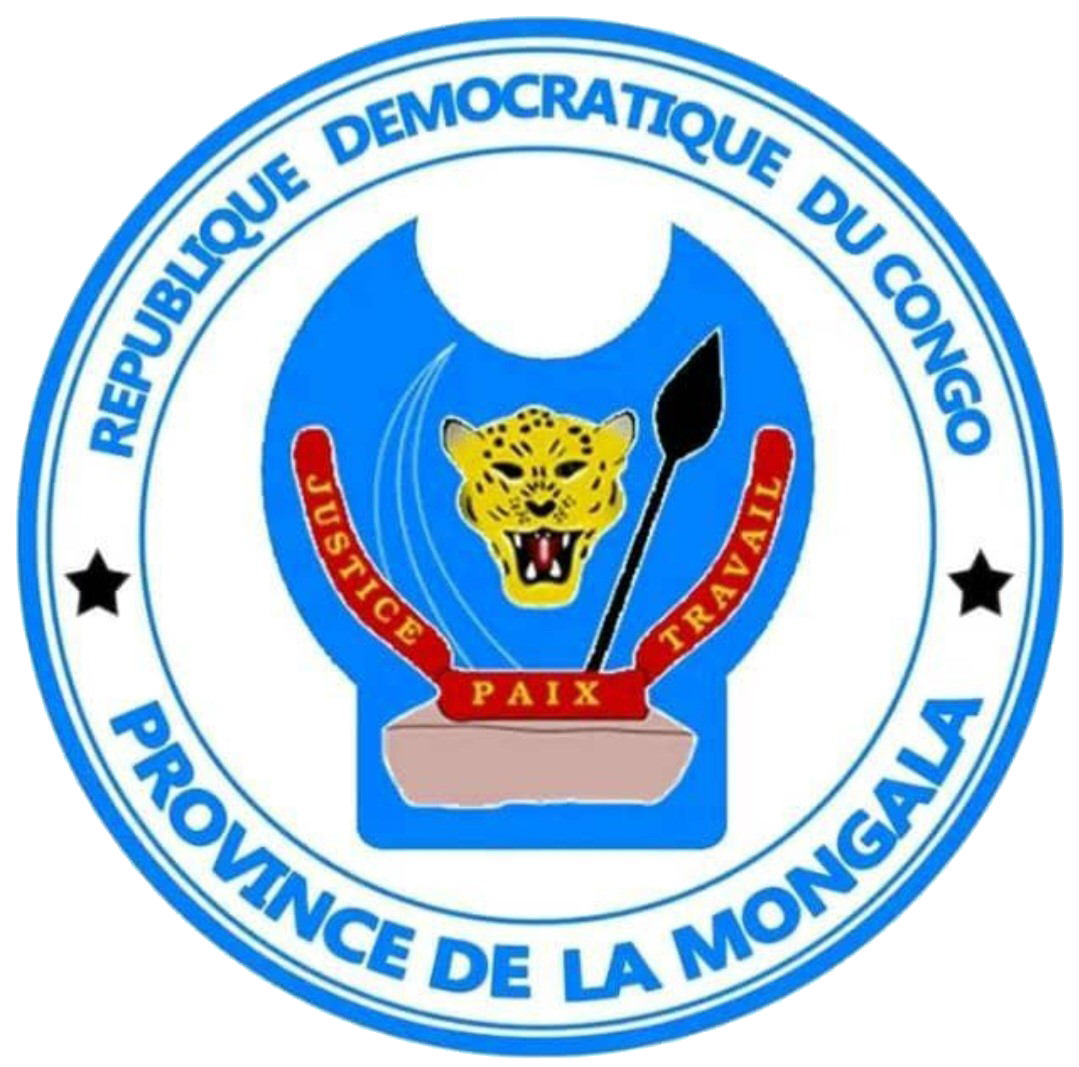
Welcome to Mongala – where nature breathes, culture thrives.

Mongala Province is home to several historical and cultural landmarks that reflect its rich heritage, colonial past, and traditional significance. From the birthplace of former leaders to ancient trading centers and colonial-era architecture, these sites serve as a testament to the province’s historical evolution.
📍 Location: Lisala, Capital of Mongala Province
📅 Historical Period: 1930s - 1990s
🔹 Significance: Birthplace of Mobutu Sese Seko, former President of Zaire (now DRC)
Lisala is widely recognized as the birthplace of Mobutu Sese Seko, the longest-serving ruler of Zaire (1965-1997). Mobutu’s influence shaped modern Congolese history, and his hometown remains a symbolic site for historians and political scholars.
Mobutu’s Birthplace Memorial: A site that attracts researchers, political enthusiasts, and tourists
Old Colonial Buildings: Showcasing Belgian-era architecture, providing insights into the colonial history of Mongala
Traditional Markets & Cultural Spots: Reflecting the mix of indigenous traditions and modern influences
📍 Location: Various towns including Lisala & Bumba
📅 Historical Period: Early 1900s - 1960
🔹 Significance: Remnants of the Belgian colonial administration
During Belgian rule, Mongala was an important trade and administrative center, leaving behind several colonial-era buildings. These structures, though weathered by time, provide a glimpse into the region’s past governance and European influence.
Governor’s Residence (Colonial Era): An old administrative house used by Belgian officials
Former Trading Posts: These buildings were once used for rubber and palm oil trade
Catholic Missions & Schools: Some of the oldest Christian missionary establishments in the province
📍 Location: Along the Mongala & Congo Rivers
📅 Historical Period: 1800s - Present
🔹 Significance: Historically significant as key trade and transport routes
The Congo River and its tributaries played a vital role in pre-colonial, colonial, and post-independence trade. Mongala’s rivers served as transportation corridors for merchants, traders, and even colonial forces.
Old River Ports: Used for trading goods like rubber, ivory, and palm oil
Traditional Fishing & Trading Markets: Some of these markets have existed for over a century
Remnants of Colonial Transport Systems: Old wooden docks and stone-built trading posts
📍 Location: Across Mongala Province
📅 Historical Period: Pre-colonial era - Present
🔹 Significance: Centers of traditional governance and cultural heritage
Before colonial rule, Mongala was governed by local chiefs and tribal leaders, many of whom had established strongholds, meeting places, and sacred sites. These sites still hold spiritual and cultural importance for many communities.
Ancient Meeting Grounds of Tribal Leaders
Sacred Groves & Ancestral Worship Sites
Traditional Storytelling & Dance Centers
📍 Location: Lisala, Bumba, and surrounding towns
📅 Historical Period: 1800s - Present
🔹 Significance: Some of the earliest Christian missionary sites in Congo
Christianity played a major role in shaping Mongala’s education, healthcare, and social systems. Several Catholic missions and old churches still stand, showcasing European architectural styles blended with local influences.
Historic Church Buildings: Some churches over 100 years old
Missionary Schools & Hospitals: Provided early education and healthcare
Religious Festivals & Celebrations: Important for local cultural identity
📍 Location: Throughout Mongala
📅 Historical Period: 1950s - 1960s
🔹 Significance: Played a role in Congo’s struggle for independence
Mongala was a witness to political activism and movements that contributed to Congo’s independence from Belgian rule in 1960. Various meeting places and public squares are known for historic speeches, protests, and discussions about freedom and governance.
Public Squares Where Political Meetings Were Held
Houses & Offices of Early Political Leaders
Monuments Commemorating the Independence Struggle
📍 Location: Future projects in Lisala
🔹 Significance: Efforts to preserve Mongala’s history & promote tourism
To keep Mongala’s history and cultural significance alive, the provincial government is planning the development of museums and cultural centers that will showcase historical artifacts, photographs, and archives of the province’s past.
Exhibitions on Mongala’s Colonial & Political History
Traditional Art & Handicraft Displays
Interactive Cultural Learning Programs
Mongala Province is rich in historical landmarks that tell the story of its colonial past, traditional heritage, and political evolution. By preserving and promoting these sites, the province can boost heritage tourism, education, and cultural appreciation for both locals and visitors.




© 2022 All right reserved & Powered By Excel Geomatics Pvt.Ltd